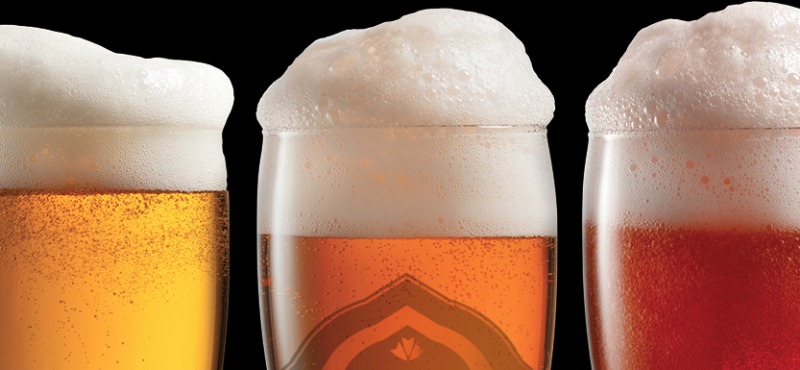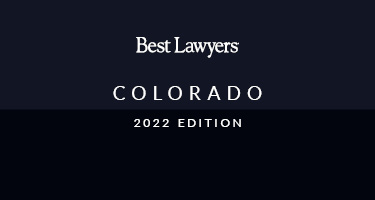A name—it all starts with a name: a series of words that individually hold little meaning but collectively embody creativity, passion, and inspiration. Whether it’s the name of the craft brewery itself or an individual style of beer, it all starts with a name.
Over time, substantial resources—financial and otherwise—are invested to build and develop those names into a cohesive brand. From recipe development to artwork, packaging, marketing, distribution, and sales, as the brand grows, so does the value of the names and the imagery associated with those names. A craft brewery’s intellectual property is unequivocally its most valuable asset.
As the craft beer industry continues to grow and expand, the likelihood of craft breweries crossing intellectual property lines amongst one another is likely to increase. More craft breweries manufacturing more products means more infringement, regardless of whether said infringement is intentional. Many craft breweries are being much more proactive in the protection of their intellectual property and the subsequent defense of it.
So how does one create a strong brand around a brewery and its beers while mitigating the risk of potential infringement? Undertaking a degree of research is advisable, and this research process is generally referred to as “clearing a mark in the world of trademarks.”
The primary purpose of mark clearance is to ensure that the proposed use of the mark doesn’t violate others’ trademark rights. In addition, trademark clearance is conducted to determine whether the proposed mark can be protected and developed into a strong and valuable brand.
At the most basic level, there are two realms of clearance: registered rights, or those rights that are registered with the United States Patent and Trademark Office (USPTO), and common law rights, which are those rights that accrue once the mark has been used in commerce but may not necessarily be registered with the USPTO.
In order to perform clearance of registered rights, simply search the USPTO database for any hits. If the search reveals nothing, you still need to search for any common law rights that may exist. If the USPTO database search renders a hit, it might be beneficial to get legal advice as to what sort of risk is present based on the results.
Bear in mind that just because a mark is not registered in International Class 32 does not mean there are no registered rights for that particular mark. Trademark examiners cross reference other beverage classes when analyzing the “protectability” of a mark.
In order to perform clearance fo common law rights, start with a series of searches for the particular mark through the following search engines or websites: Google, Facebook, BeerAdvocate, RateBeer, Untappd, and the Alcohol and Tobacco Tax and Trade Bureau (TTB) Certificates of Label Approval system database. When it comes to mark use and registration, the question is whether consumers might b e confused about who produces the product. For example, brewing is not simply a beer term, so widen the search to include other beverages. Trademarks for beers are frequently denied on the basis that a wine shares the same or a similar name.
“Numerous companies have launched a brand without properly vetting it.”
Trademarking can be very valuable, and research is critically important. Trademarks show ownership and the validity of a brand, provide protection against counterfeiting and infringing imports, promote settlement if someone else starts using your brand, and if need be, make for great evidence in court should it go that far. So researching your potential brands before investing time, money, and emotional attachment is absolutely necessary.
Remember, though, that there is no guarantee that what you find is what you get; even the best research sometimes allows things to fall through the cracks. But trademark clearance is like a risk assessment tool.
By completing a thorough trademark clearance, you can get a good feeling for your level of risk and save time and money. Numerous companies have launched a brand without properly vetting it, only to be hit with a costly response to a cease and desist letter or a disruptive infringement suit.
If you have any uncertainty during the brand development process, consult with a trademark lawyer before choosing your brand. A brief consultation can eliminate a lot of inefficiencies and assist with the selection of a mark that is defensible. Going at it alone or using the lowest cost option for advice is false economy. These strategies will cost you more in the long run.































